Puppets at the Teochew Puppet Museum
Frances Wilks takes a stroll around one of the most fascinating quarters of old George Town and uncovers some of its history.
The “triangle” formed by Armenian and Acheh Streets with Beach Street at its base is a microcosm of Penang’s multicultural heritage. It’s not very large in extent, so you could walk around it in a few minutes. However, there’s so much to see that it would be wise to allow yourself rather more time. In a few yards you can pass from dilapidated old shop houses to outrageously decorated temples, from arty cafés to traditional stores. Because of the area’s proximity to the port and the clan jetties many new immigrants settled there, and the rich cornucopia of diverse buildings is a tribute to those who stayed and prospered. As expats who have often had our paths smoothed with relocation packages, it can be easy to forget how hard life was for earlier migrants. They came often with nothing and so were dependent upon networks formed by those who had settled there before them. Two very different cultures lived harmoniously together for the most part in this triangle – the Confucian/Taoist Chinese traditions of ancestor worship and clan loyalties and the Muslim legacy of Islamic philanthropy and pilgrimage. Both were committed to helping others from their communities to succeed.
Acheh Street
Despite the fact that now there are at least three museums – the Batik, the Sun Yat Sen, and the Teochew Opera – and cafés too numerous to mention, these streets were, until very recently, ordinary places where people lived and worked. This is reflected in the old Hokkien name for Armenian Street – Phah Tang-kay, or Coppersmith Street. In even earlier days it was known as Malay Lane because of the original Malay settlement here. It is thought that Armenian doesn’t imply that Armenian people (an important presence in Penang during the 19th century) lived in the street but to a single house on the street corner that was owned by an Armenian. Acheh Street (the old name for it is Acheen Street) is called because it was a centre for Muslims who migrated from Aceh in Sumatra. The first doyen of the Acheen Street settlement was a wealthy merchant, Tengku Syed, who brought his clan to settle in Penang in 1792, acquiring much land in the area and building the Malay Mosque.
Armenian Street
Nowadays the elegant minaret of the Malay Mosque smiles serenely over the three great clan houses or kongsis as they are known – the Khoo, the Cheah, and the Yap – which are all within a stone’s throw of each other. It wasn’t always so peaceful. In 1867, the area was the scene of the Penang Riots. The background to the fighting were the secret societies. Interestingly, both sides contained Chinese and Malays, so this wasn’t a dispute along racial or cultural lines. The two Chinese societies, the Tua Peh Society (supported by the Malay Red Flag) fought the Ghee Hin (supported by the Malay White Flag). The cause of the dispute was trivial (a false accusation of theft), but the fighting was not, and it was really a battle for power and influence. Barricades were erected around the Khoo Kongsi, where some of the fiercest skirmishes occurred – you can still find bullet holes from the cannon fire in the surrounding shops and houses. The street, a cross street between Acheh and Armenian, is named Cannon Street in memory of this.
Malay Mosque. Acheen Street
Start your walk at the Cheah Kongsi. It’s recently renovated iron railings and formal parterre set it very grandly in Beach Street (although there is a side entrance in Armenian Street). It has an eclecticism in its design – there are lion statues from China, from India, and Britain, a sort of reference to the fact that Cheah clan understood that there were many spheres of influence in Penang and were prepared to negotiate with all of them. Coming out of the Cheah Kongsi turn right into Armenian Street and pass Ernest Zacharevic’s bicycle – which always draws crowds as it’s an such an interactive piece of street art. Note the building opposite, 266 Beach Street, with a façade on Armenian Street. It was a Japanese medical clinic before World War 2 and became notorious during the occupation as the Chinese owners were spies for the Japanese. Walk up the street and enjoy the buildings that haven’t been gentrified, such as the Swatow Lodging House and the little personal touches, such as the pavement gardens. There was a time when all of George Town had this slightly shabby, decadent air but, with the rise in property prices, these unrenovated islands won’t last too much longer.
Mufti’s house. Malay Mosque.
At the corner of Armenian Street and Cannon Street there is an interesting temple, a clan temple of the Hokkien people, the Hock Teik Cheng Sin Temple, dedicated to the God of Wealth, Tua Peh Kong. Standing in its serene courtyard beneath a weeping willow tree, it’s hard to imagine that it was the epicentre of the Penang Riots. You can see the bricked up entrance of the secret passage that led to the Khoo Kongsi, the grandest of all the clan houses in Penang. Nowadays it will cost you RM10 to get in – except on the last Saturday night of the month when it’s free. There are lion dances, Chinese Opera performances, and even street food for sale.
Yap Temple
The Yap Kongsi on the corner facing the Hock Teik Cheng Sin Temple is rather more modern than the other clan houses, with elegant marble pillars and the attached temple is in Straits Eclectic style. Further up the street, two museums nestle side by side: the Sun Yat Sen and one devoted to the Teochew Puppet theatre. Dr Sun Yat Sen, often thought of as the father of Modern China lived in Penang in 1912 and used 120 Armenian Street as his base. There is a collection of memorabilia about his presence in Penang but the museum is even more fascinating as it gives an insight into the interior of a shop house of the period.
Sun Yt Sen Museum
A few doors up is the Syed Alatas mansion, an elegant bungalow belonging to a rich pepper trader from Aceh. It used to house the Penang Islamic Museum but is now vacant. Opposite there’s a pleasant park with an unofficial flea market most evenings. Turning into Acheh Street you are now in the heartland of the “Second Jeddah” as it was the mustering point for Southeast Asian pilgrims. There were ticket agents all along the street who would sell sea passages to Jeddah for those Muslims who wanted to perform the Haji in Mecca. It’s rather quieter now, but shops still sell prayer requisites. About halfway down the street is the Malay Mosque, whose interior is off limits to non-Muslims. A walk around the grounds is fascinating nevertheless. You can see Tungku Syed’s Mausoleum and several mid-19th century bungalows in the grounds, including the former Mufti of Penang’s house. Although it’s in a poor state of repair, it does give an indication of the architecture of the period.
Urban garden on Armenian Street
There are many watering places along the route. Jawi House in Armenian Street sells authentic Jawai Perankan food as well as being an art gallery. If you want fusion food, then head for China House in Beach Street – they have the most delicious cakes in Penang. After such a multicultural experience, you’ve earned it.
Read This: A Brief Look at Penang’s Exotic Charms and Colonial History
Source: The Expat Magazine March 2015
"ExpatGo welcomes and encourages comments, input, and divergent opinions. However, we kindly request that you use suitable language in your comments, and refrain from any sort of personal attack, hate speech, or disparaging rhetoric. Comments not in line with this are subject to removal from the site. "

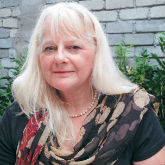

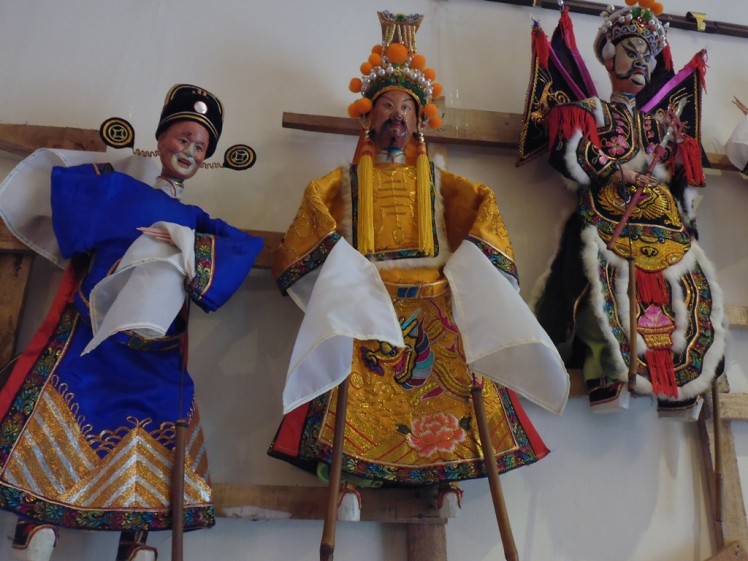
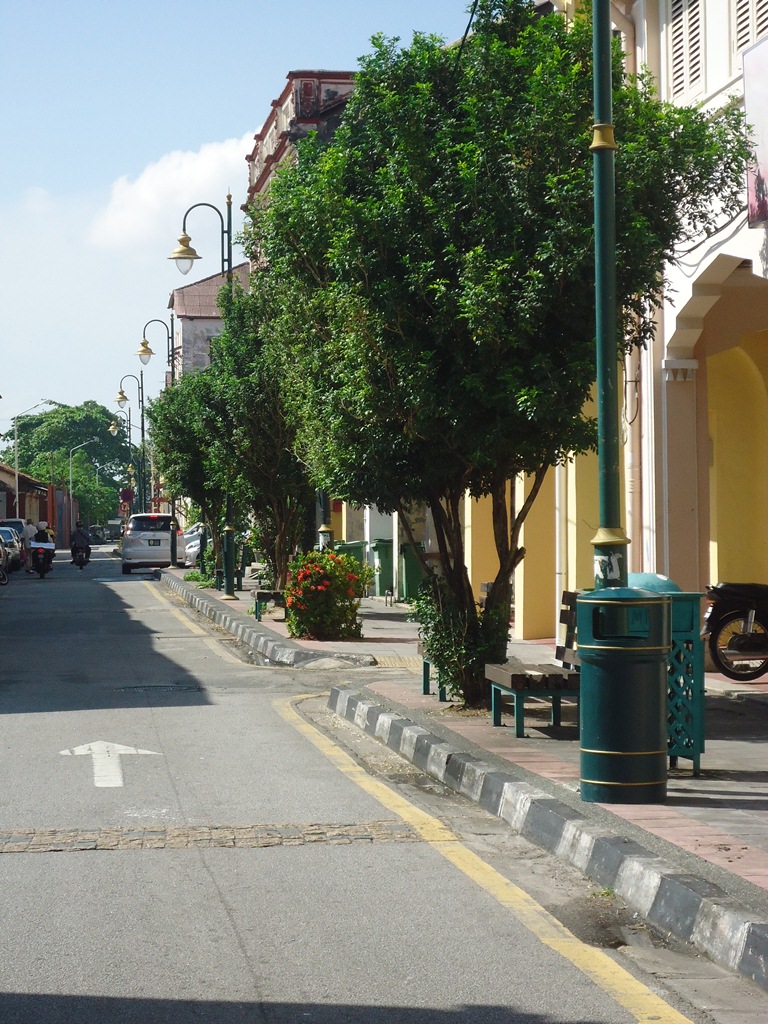
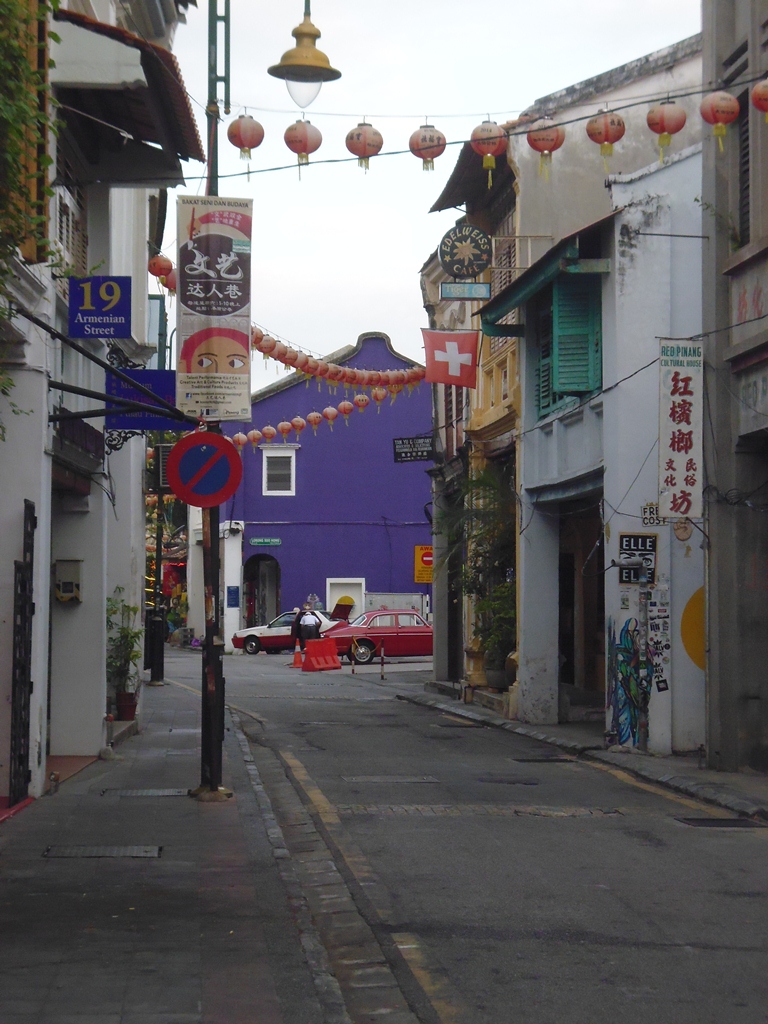
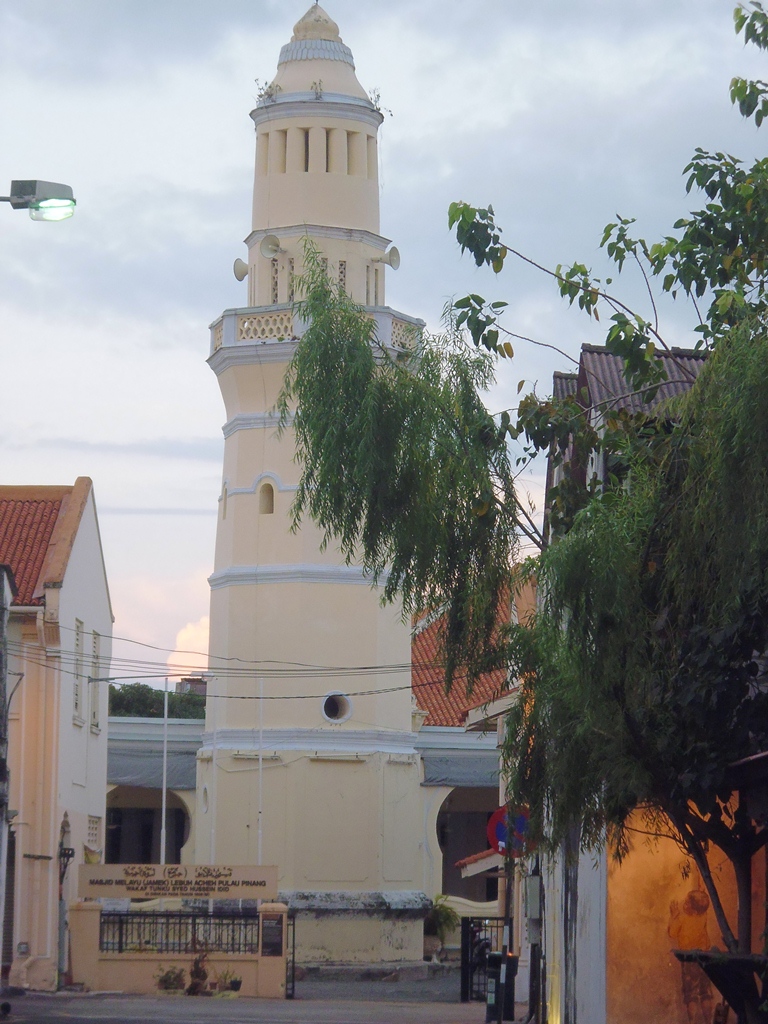
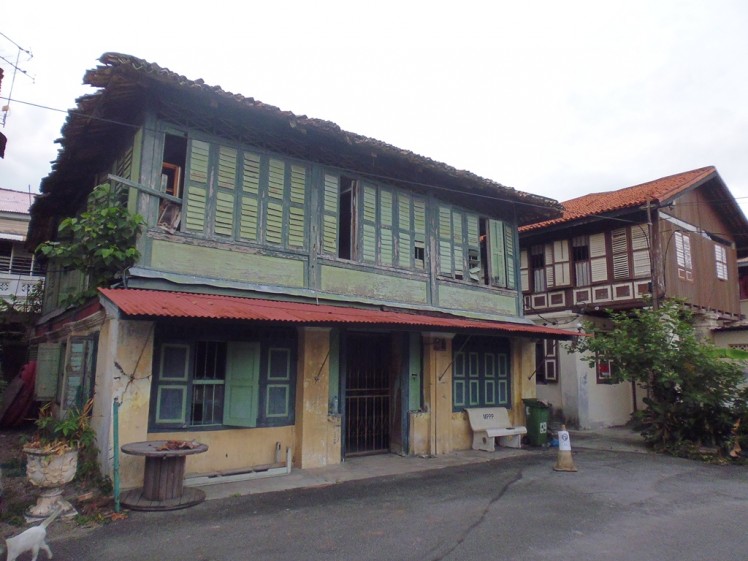
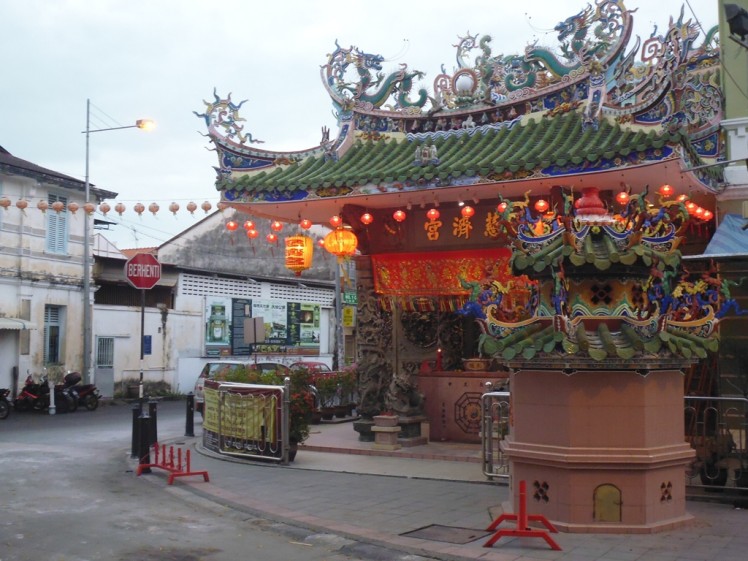
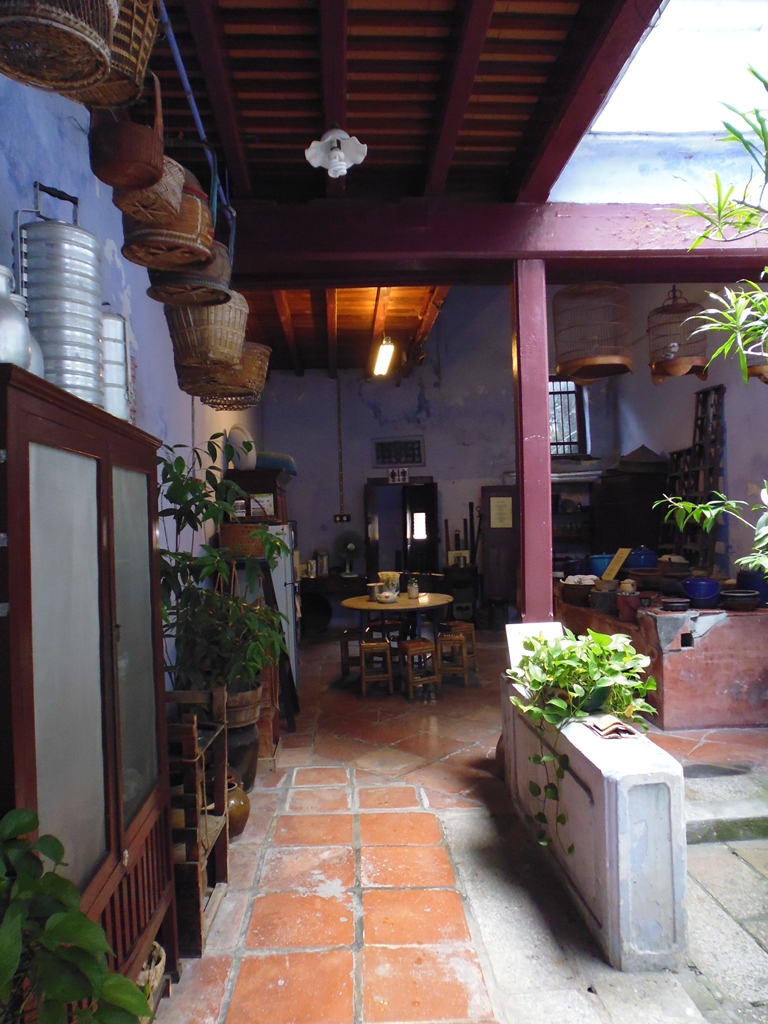
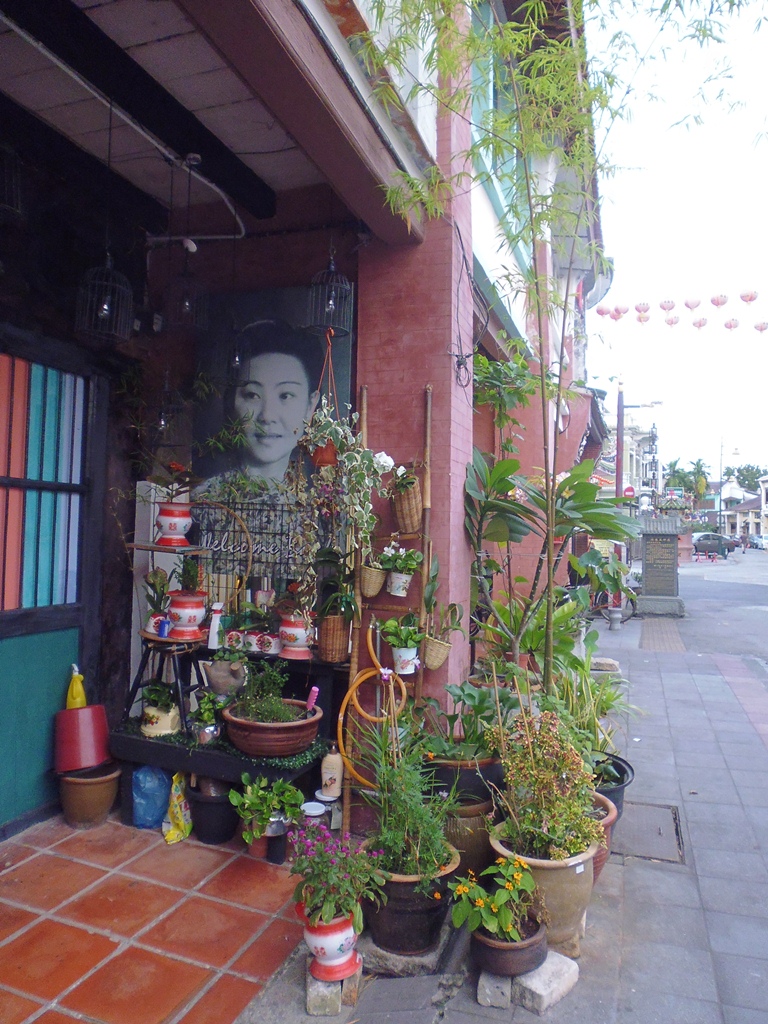


















Adnan Kalam